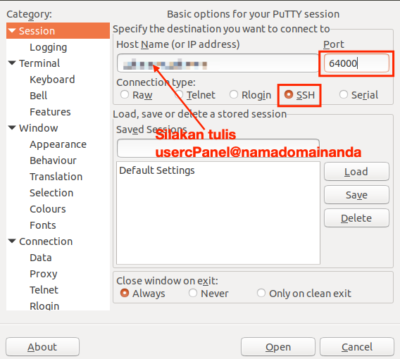

Version Compatibility: The version of PostgreSQL should match the version of the Tableau Server Repository when installed locally.One of the ways you can do this is by making the PostgreSQL database instance a member of a security group that has the necessary permissions to be accessed by all the nodes in the Tableau Server cluster. Networking: The PostgreSQL database instance must be reachable from all nodes in the Tableau Server cluster. The general recommendation is to start with more hardware resources and scale back after monitoring. Review the guidance in this topic to calculate the disk space requirements for backup and restore. For smaller installations, you should have at least 50 GB of disk storage, and a quad processor (or 4 virtual cores) system with 32 gig of RAM. Hardware Recommendations: CPU and storage depend on your requirements.
CONFIGURE POSTGRESQL TO ALLOW REMOTE CONNECTION HOW TO
This topic does not provide you with the detailed instructions on how to install PostgreSQL We recommend that you follow the documentation on the PostgreSQL site for this information. This topic provides guidance on the requirements and configurations that are necessary for Tableau Server to connect to a PostgreSQL installation and use it as the Tableau Server External Repository. To see a full list of hosts that you can use for the your external repository, see Tableau Server External Repository.

Such an installation of the Tableau Server Repository will be to referred to as stand-alone External Repository. This configuration can be done on-premises, on AWS EC2, or on an Azure VM. This is different from using a managed cloud service such as AWS RDS, or Azure Database.

Beginning in version 2021.2, you can host the Tableau Server repository separately as a stand alone installation.


 0 kommentar(er)
0 kommentar(er)
